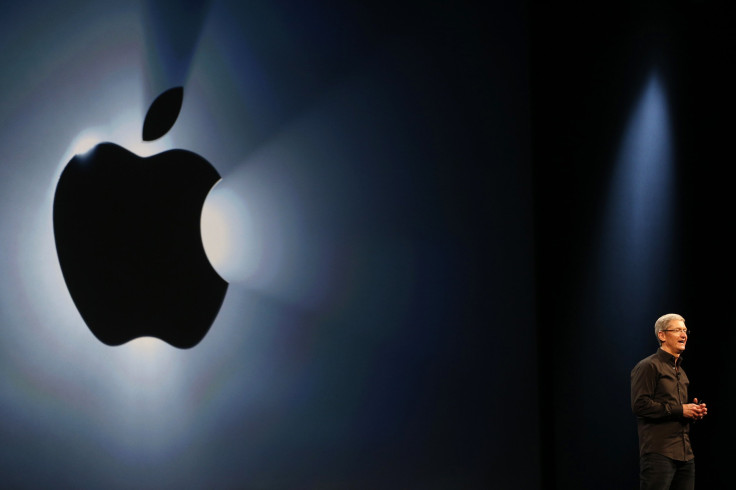Apple vs. Facebook: iPhone 8's AR Features Will Outdo Social Network's Offering, Report Says

Augmented reality (AR) and virtual reality (VR) are both areas of smartphone technology that are getting popular with tech companies. Of late, more and more companies seem interested in augmented reality and two major ones are Facebook and Apple.
Apple and Facebook, among a host of other companies could help mobile AR reach $60 billion in market capitalization by 2021, VentureBeat reported earlier this month. Both companies have already announced their AR ventures. While Facebook CEO Mark Zuckerberg launched the Facebook Camera Effects platform at the company’s F8 conference in April, Apple launched its ARkit for developers at the recently concluded World Wide Developers Conference. The fact both companies are aggressively competing for a piece of the market share is evident from the fact Apple unveiled its ARkit six weeks after Facebook’s announcement, rather than launching it as one of the iPhone 8’s new features in September.
Read: Apple's Augmented Reality ARKit Was The Most Important WWDC Announcement
Both companies have different approaches to the technology — while Apple is trying to endow its upcoming flagship, the iPhone with an AR-based ecosystem, Facebook is trying to empower any developer to create and distribute an AR-based experience using its app. The advantage lies with Apple since it does not need to limit a developer from building multiple AR-based apps, according to TechCrunch. Another key difference in their approaches is while Apple restricts developers to its own app store for their apps, Facebook has built up an app store, although only for games, inside its platform.
The key advantage Apple possesses however is that it has a device, which will provide the consumer a well-designed AR experience, while Facebook’s model requires it to depend on the AR capabilities of the user’s device. Facebook’s experience will depend on a user’s smartphone camera quality, for which there is no consistent standard. Apple’s experience would depend on the iPhone’s camera and its own visual inertial odometry which simply put is 3D imaging and mapping using the device’s front cam.
Apple obviously offers developers less dependency on its platform and keeps them free to design a different experience using their AR-based app. Furthermore, developers can make their existing apps AR-compatible, which provides them an option to diversify user experience.
Read: Apple Hires NASA Augmented Reality Expert For Team Working On AR Smart Glasses And Future iPhones
That being said, Facebook can easily distribute its AR experience to its 1.9 billion users via its app, while Apple can only market its experience to consumers who actually purchase its devices. The important fact, as pointed out by TechCrunch is if Apple succeeds in providing a better AR-experience than Facebook, it will make users compare notes and could fester user reliance on Apple’s technology instead of Facebook’s offerings.
Both companies have their eggs in the basket. Apple is actually marketing AR compatibility as the upcoming iPhone’s major feature, while Facebook is trying to ace it’s social networking competitor, Snapchat with AR-based features.
© Copyright IBTimes 2024. All rights reserved.





















